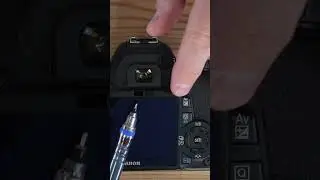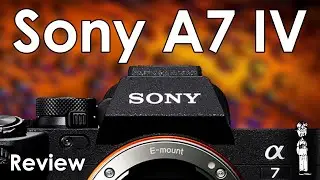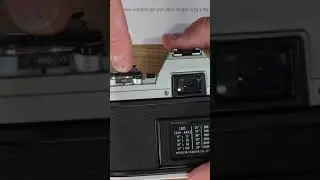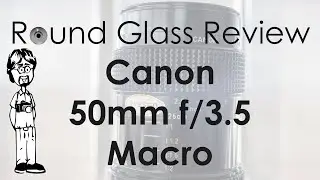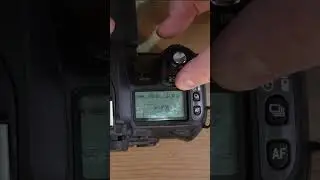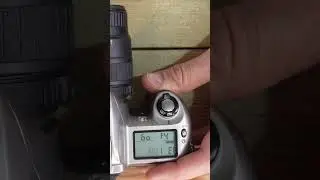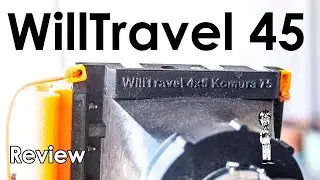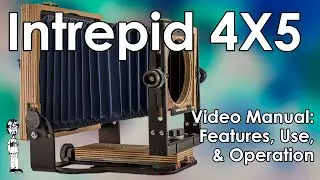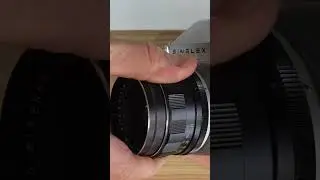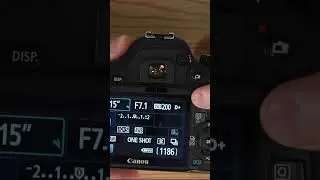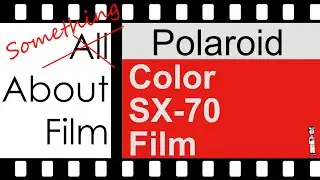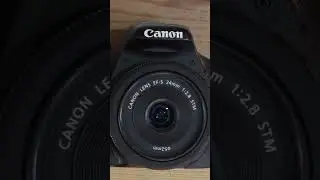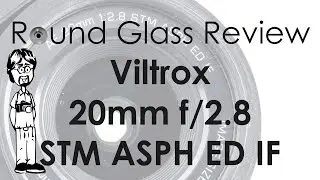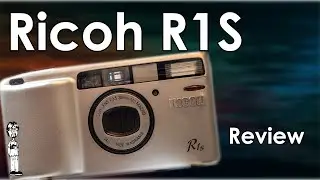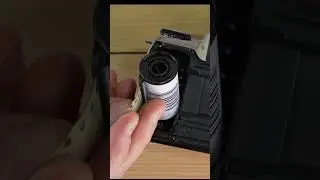Polaroid SX-70 Instant Color Film Packs Review | Something About Film
Polaroid SX-70 Color Film is a unique format, unique image, and unique medium that allows a great deal of creativity. While we didn’t discuss it in this short video, techniques for removing images and applying them to other surfaces can make the Polaroid format even more interesting. For me, Polaroid is a great challenge because it’s a single chance to take a captivating photo, and because there’s a magic to the slow change the image makes from blue to a blued form and then to a final image. But beyond that, I love the look of Polaroid photos, their softness that feels like the sunrise-morning memories of an overnight dream, the feel of the physical image in your hand, and the anticipation as the photo rests in your pocket or camera bag as it develops.
SX-70 film is not without its flaws, such as the amount of post-consumer waste that a film pack produces. I remove the aluminum springs and drop them in my recycling, and I hope they are recycled. I break apart the plastic tray to save the battery and send it for recycling, too. Polaroid, unfortunately, seems to me to wash their hands of the film packs and just provides some tips on how to recycle them, vice having a program to test and reuse them and recycle ones that are beyond salvage. There’s a link in the video description to Polaroid’s web page on how to deal with finished film packs, and let me know if I’m off-base on my perception that Polaroid could do more. All that said, while I love SX-70 film, and while I will someday make a video about the black and white SX-70 film, too, I do not plan to continue using Polaroid after that because of the waste. While today’s Polaroid is not the Polaroid of old and today’s Polaroid seems to be much more conscientious about their waste streams. The old Polaroid, back in the days of the Land cameras, walked away from their waste streams faster than a shoplifter from a convenience store. In fact, during the prime days of Polaroid use, the waste stream was so ubiquitous it had its own name – Polawaste – that referred to the parts of film packs and the chemicals on them that were simply thrown away after making a single photo. To this end, Polaroid could take a cue from Fuji, which I’ll acknowledge is a much larger company with more resources. Fuji does offer a U.S.-based recycling program for people who live in municipalities that do not recycle film packs. And if you’d like to se how Fuji handles their films packs versus Polaroid, the video’s description also contains a link to Fuji’s website on the subject. Ultimately, Polaroid SX-70 film provides photographers with a unique look, feel, and image aesthetic that cannot be replicated artificially. For that, I’m always excited to see one of my Polaroid photos, even if it doesn’t turn out.
Join this channel to get access to perks:
/ @davidhancock
David Hancock's Amazon Author Page with Links to Select Camera Manual eBooks:
https://www.amazon.com/David-Hancock/...
Video Index:
0:00 - Intro
0:08 - Polaroid SX-70 Color Film Information
0:38 - Polaroid SX-70 Color Film Best Tips, Tricks, and Practices
2:11 - Polaroid SX-70 Color Film Image Characteristics
3:33 - Polaroid SX-70 Color Film Review
References:
Polaroid Film Pack Recycling Guidance: https://support.polaroid.com/hc/en-us...
Fuji Film Recycling Program: https://www.fujifilm.com/us/en/consum...
My Instagram:
/ davidhancock
![[4K] 🇺🇸 Bike Ride Around Miami Beach! 🚴♂️🌴](https://images.mixrolikus.cc/video/jmqP9oyWT7s)







